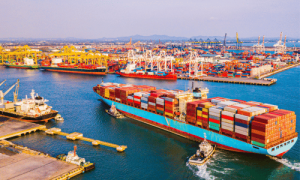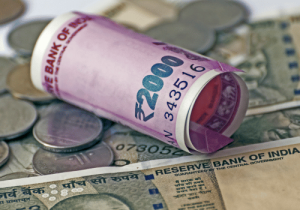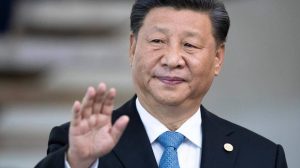Is “Kangaroo marketing” the best way of profiling Australian wines in China or are there deeper considerations when pitching your product to the world’s largest wine market? Matthew Bahen gives his on the ground view.
Having lived and worked as a wine distributor in China since 2005 and represented or sold more than 150 International brands during that time, I’ve watched with great interest the development of China’s rapidly growing wine market. Unfortunately for us, despite being a great wine producing nation, we have for decades been content to supply the bottom end, and use whatever “packaging and marketing” we can to sell our product.
As recently as Australia Day in Beijing, we stood in front of the big Wine Australia banner at the door to a showcase of our nation’s finest drops – front and centre in the foreground of the vines was a Kangaroo. I stood there shoulders hunched, while beside me our visiting winemaker silently fumed. Kangaroos are cute, but people don’t auction cute, they don’t cellar cute, they don’t collect cute and for 99 percent of winemakers and growers – cute can’t provide for their kids.
True a few people have become very wealthy on the back of Yellow Tail and other commercial brands – the problem is that imitators have not devised equally brilliant marketing strategies and been able to emulate that success. Their failures don’t stop with the inability to sell a wine though, the legacy is farther reaching.
Australia’s biggest competitor in the China wine market is France with around 40 percent market share, while Australia commands around 18 percent. One could argue however, that a bigger threat is from nations like the US, who will possibly reach double figure market share this year and have begun to focus much more on export markets as their home market contracts. These figures are representative of the global wine export industry, where Australia punches well above its weight. Despite being as low as eighth (depending on vintage) in terms of production, we usually come in around fourth in value terms for export.
Our problem, as opposed to members of the top five, is that we consume a meagre 30 percent or so of our own production. France has consistently proven to be the best marketer of her wine, developing unique value propositions for a wide range of wine styles and achieving high dollar values for many of them.
We think it is important to build brand equity around stories and relevant points of reference that contribute to the sense of singularity for the wine, its producer and the region. You wouldn’t expect France to be taken as a homogenous group and yet our wines produced in nation, with arguably greater climatic diversity, have never been treated individually.
This year will be the first time The Wine Advocate treats Australian regions specifically. We need to put the cutesy days behind us and develop more sophisticated yet translatable communication platforms on which to build brand Australia, or we’ll be left in the discount bins forever. The problem is compounded by a concern foreigners are investing in fledgling Australian wineries as a means to Australian permanent residency.
If it is a purely financial decision – a means to a residency permit – how did buying vineyards and making wine become the most inexpensive way into Australia? What is broken with our system that makes it possible to buy up tracts of land, use valuable water to grow grapes that you then have to spend more money on, to produce, package and then distribute when you don’t even intend to sell the end product?
From a purely marketing point of view, i.e. targeting and segmentation of markets, we should be delighted that we are beginning to develop key stakeholders in the largest and most attractive market of them all – China – but it presents Australia with a very dark paradox, we have no water, but a lake of wine that can’t be sold. Addressing the water and product imbalance in a nation where water scarcity is a reality, means placing a value on H2O and making sure that value is represented in every bottle.
 There is a fledgling industry into grape varietal research more suited to our climate and some industry players are focusing resources in different ways but with essentially the same goal in mind. Estates such as Yalumba and Brown Brothers have long had industry leading research facilities on site while Hewitson has a state of the art water reclamation system built into the property (pictured left), and the industry as a whole has for a long time been trending toward water thrifty varieties such as Shiraz, Mouvedre and Grenache.
There is a fledgling industry into grape varietal research more suited to our climate and some industry players are focusing resources in different ways but with essentially the same goal in mind. Estates such as Yalumba and Brown Brothers have long had industry leading research facilities on site while Hewitson has a state of the art water reclamation system built into the property (pictured left), and the industry as a whole has for a long time been trending toward water thrifty varieties such as Shiraz, Mouvedre and Grenache.
At present you could argue that the industry as a whole is doing more damage than good – using valuable resources, to produce something that ends up being given away and reducing the overall market value of wines that could and should be sold for a premium. Benjamin Franklin once said that “wine is proof God loves us” – unfortunately, some of the wine being produced by Australia these days is proof only that God doesn’t have to drink it! ■
*Matthew Bahen is the sales and marketing director for China-based The Wine Republic, part owned by the Rathbone Wine Group of Australia, and whose focus is on distributing wines in China from producers committed to sustainable viticulture practices.



















